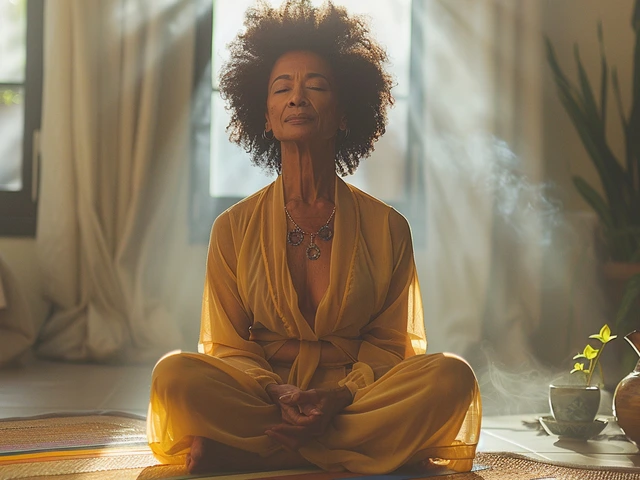Yoga & Doga: Simple Practices to Help You and Your Dog Feel Better
Want a calmer home and a more limber dog? Yoga for owners and "doga" (dog yoga) can do both. You don't need to be flexible or have a perfect mat pose. Small, consistent moves plus mindful breathing help your posture, lower stress, and create quiet time your dog will notice.
Why try yoga with your dog?
Yoga gives you better balance, core strength, and clearer breathing. Your calm signals travel to your dog—dogs mirror our mood. Doga adds gentle touch and guided movement that helps dogs relax, improves circulation, and supports joints when done carefully. It’s a low-cost way to add regular stretching and gentle massage into your week.
Pairing yoga with canine massage works well. After a short session, use long, slow strokes along your dog's back and gentle circular rubs on shoulders and hips. That helps move relaxed muscles into better range of motion and often reduces stiffness faster than either practice alone.
How to start safely (5 practical rules)
1) Check first: Ask your vet if your dog has health issues—hip dysplasia, recent surgery, or severe arthritis need a tailored plan.
2) Read your dog's signals: Calm wagging, soft eyes, and loose body mean they're fine. If your dog stiffens, yawns repeatedly, tries to leave, or shows lip licking, stop and give a break.
3) Keep moves simple: Start with short 10–15 minute sessions. Let your dog approach you; never force a stretch. Use treats and praise to make each step positive.
4) Use props: A towel, blanket, or a low step helps older dogs. Non-slip mats prevent slips during standing poses.
5) Warm up and cool down: Begin with slow petting and a walk. Finish with light massage and a quiet sit so your dog associates the routine with relaxation.
Here are three easy things to try right away: sit and breathe for two minutes while stroking your dog’s chest, do gentle forward folds while your dog sniffs under you, and practice a slow squat while encouraging your dog to move through your legs. All are low-stress and build trust.
Real results come from consistency. Aim for 3 short sessions a week, not one long session a month. Over time you’ll notice calmer behavior, better posture for you, and easier movement for your dog.
If you want more structure, look for certified doga classes or online routines focused on canine-friendly moves. And remember: gentle massage, consistent slow breathing, and relaxed intent are the core of doga—not advanced poses.

Meditation and Yoga: The Perfect Wellness Combo
Hey there! Today, I'm diving into the amazing combination of yoga and meditation as essential wellness practices. Together, they provide a powerful tool for mental health, improving focus, reducing stress, and promoting overall well-being. Incorporating yoga and meditation into daily routines is a transformative step towards holistic health. I can't wait to share this journey with you, exploring ways to combine these practices for optimal wellness.

The Link Between Health Anxiety and Mental Health
Nov, 28 2023

Unwind Effortlessly with Lomi Lomi Massage
Feb, 21 2025


